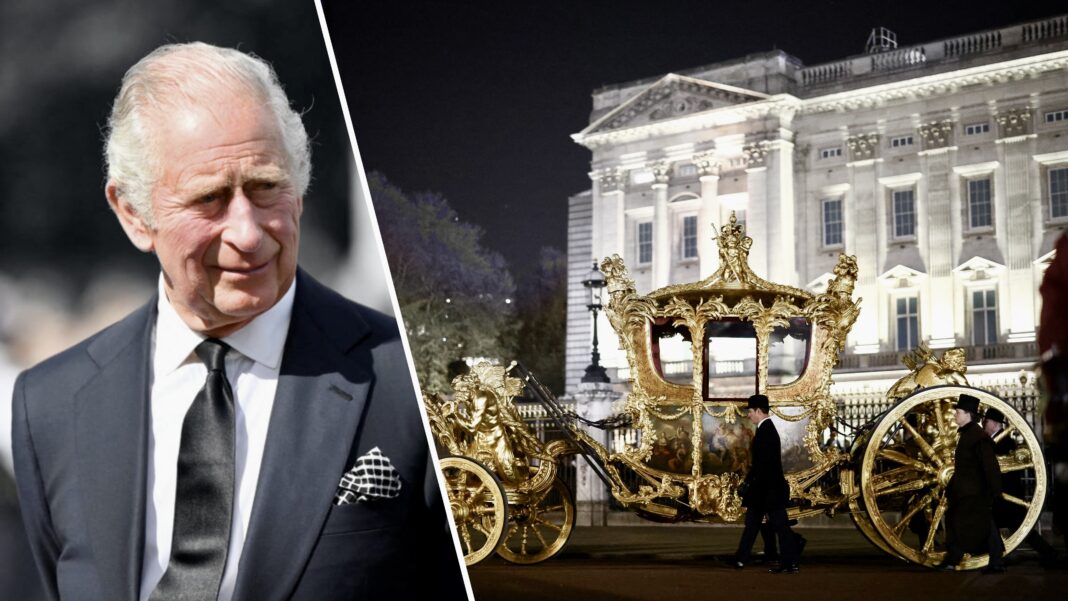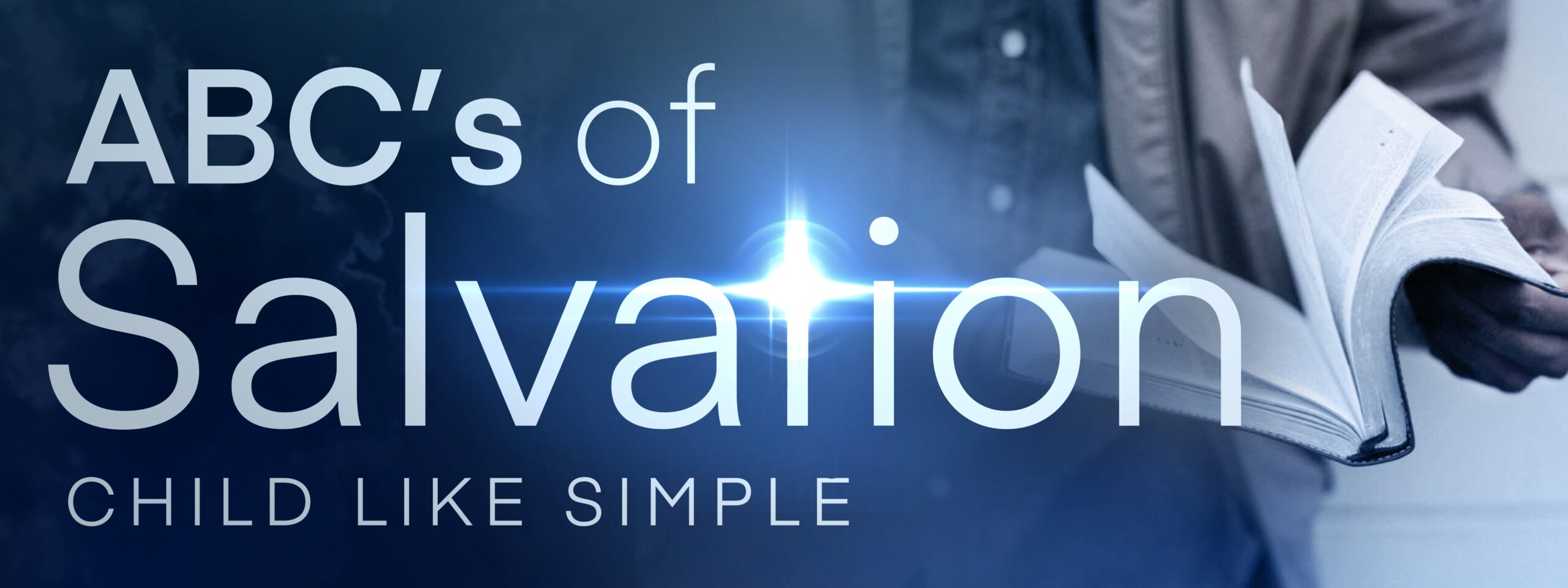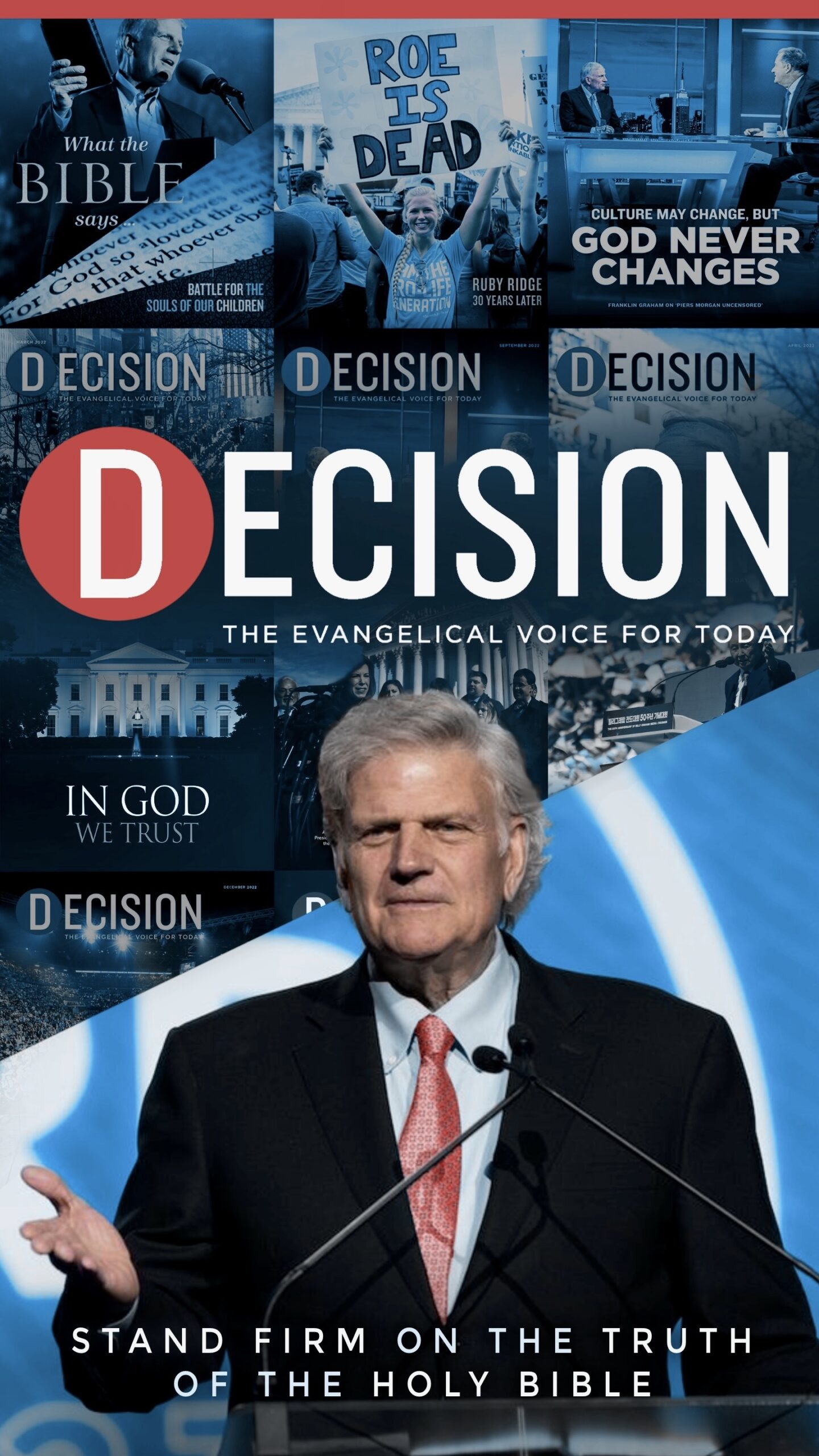By the time you read this article, it is likely that the coronation of King Charles III has taken place at Westminster Abbey in London. After being crowned, King Charles III will be the monarch of the United Kingdom of Great Britain and Northern Ireland, also becoming the ceremonial head of the Commonwealth, of which Australia remains a part.
The current Royal Family line emerged with the Norman invasion in the year 1066 when William the Conqueror landed in England. He deposed the monarch at the time, Harold Godwinson, dismantling the House of Wessex. On Christmas Day in 1066, William was crowned King in Westminster Abbey, the very place that King Charles III will also be crowned. In fact, since 1066, every British sovereign has been crowned in the abbey except two who were never crowned: Edward V (who was presumed murdered in the Tower of London before he could be crowned)and Edward VIII (who abdicated 11 months after succeeding his father and before the date set for his coronation).
![]()
In Your Inbox
The reigning monarch in the UK is not only the ceremonial head of the Commonwealth but is also the Supreme Governor of the Church of England (which is also largely ceremonial). However, as part of this role, the monarch is expected to act as Fidei Defensor – Defender of the Faith (ie. the Christian faith). At the time of the coronation of Queen Elizabeth II in 1953, the UK was predominantly Christian. Opinion polls in the 1950’s and 1960’s indicate that between 86% and 91% of citizens considered themselves Christians. Seventy years on, the landscape looks rather different. A 2021 census found that, for the first time, Christians were in the minority. In fact, other than the lockdown period of 2020, attendance at Sunday services at Anglican churches in the UK hit an all-time low in 2021 – 509,000 people (less than 1% of the population).
Nevertheless, King Charles III has sworn to uphold “the laws of God and the true profession of the gospel, maintain the Protestant Reformed religion established by law and preserve inviolably the settlement of the Church of England, and the doctrine, worship, discipline and government thereof, as by law established.” However, the coronation had a distinct ecumenical flavour because at the end of the proceedings, The King (as he is referred to throughout the liturgy) received a greeting by leaders and representatives from Jewish, Hindu, Muslim and Buddhist communities. As King Charles III stood before the leaders, they delivered the following greeting in unison: Your Majesty, as neighbours in faith, we acknowledge the value of public service. We unite with people of all faiths in thanksgiving, and in service with you for the common good.
But it was a homage earlier in the liturgy which really caused a stir amongst people who take issuing with pledging allegiance to an earthly king. It was referred to as The Homage of the People and the Archbishop of Canterbury led by saying: I call upon all persons of goodwill of The United Kingdom of Great Britain and Northern Ireland, and of the other Realms and the Territories to make their homage, in heart and voice, to their undoubted King, defender of all. All who so desire, in the Abbey, and elsewhere say together: I swear that I will pay true allegiance to Your Majesty, and to your heirs and successors according to law. So help me God. After a fanfare was played the Archbishop of Canterbury said: God save The King. All of those pledging their allegiance were then required to say: God save King Charles. Long live King Charles. May The King live forever. Though many people would argue that the pledge is harmless, I cannot help but cast my mind back hundreds of years ago to a time when the refusal to say an oath led to the death of many innocent people.
When Martin Luther issued grievances about the Catholic Church in 1517, King Henry VIII took it upon himself to personally repudiate the arguments of the Protestant Reformation leader. As a result, in 1521, Pope Leo X rewarded Henry with the lofty title of Fidei Defensor (Defender of the Faith). However, by 1536, Henry had broken with the Holy See, seized the assets of the Catholic Church in England and Wales and declared the Church of England as the established church with himself as its supreme head.
The Act of Supremacy was passed in 1534 which confirmed the king’s status as having supremacy over the church, requiring peers to swear an oath recognising Henry’s supremacy. However, sometime later, the Oath of Supremacy was changed because of criticism that the monarchy was usurping Christ, whom the Bible explicitly identifies as the Head of the church. It was at this time that the title of Supreme Governor was adopted, which continues to this day. So, with that brief history laid out, now that the UK is coronating King Charles III, it is a good time to look at the reign of King Charles I (1625 – 1649) and King Charles II (1660 to 1685) and the ensuing chaos caused amongst the community of faith in the UK and Scotland because of their decisions.
In 1638, the Scots signed a document called The National Covenant. The origins of the movement behind the National Covenant lay in disputes with James VI and his son Charles I over church structure and doctrine. Essentially, the two sides held different perspectives on who held ultimate authority over The Kirk (the informal name for the Church of Scotland). The National Covenant rightly proclaimed that Jesus Christ is the Head of the church, not the reigning monarch.
James VI earlier argued the king was not only head of the Commonwealth, but also head of the church, governing through bishops appointed by himself. The Kirk (which is Calvinist Presbyterian) held the view that it was subject only to God and its members (including those appointed king). Consequently, they taught that all people, king or not, were subject to the discipline of presbyteries consisting of ministers and elders. When King Charles I ascended to the throne in 1625, his policy increasingly antagonised the Scots by imposing state control over spiritual matters of the church. Therefore, the formation of The National Covenant was a protest against the King’s policy.
Following the signing of the Covenant, it was clear to Charles that his Scottish subjects were in rebellion against him. Throughout 1639 and 1640, skirmishes broke out between the King’s forces and the Covenanters (those deemed supporters of The National Covenant), leading to the First English Civil War which began in 1642. The War was essentially fought over who had the most power in the English government: Parliament or the Crown. The Royalists supported the King, while the Parliamentarians supported parliamentary restriction of the monarchy.
In 1643, the Solemn League and Covenant agreement was signed between the English and the Scots wherein the Scots agreed to support the English Parliamentarians in their dispute with the Royalists. Both countries therefore pledged to work for a civil and religious union of England, Scotland and Ireland under a presbyterian-parliamentary system. However, King Charles I was dedicated to the “divine right of kings” – he believed that God had raised him to the throne and, as such, his power could only be limited by God. Therefore, as King, he placed himself above the law, which many opposed. In the end, the War did not end well for the King – he was convicted of treason and beheaded on 30 January 1649. After his death, no king reigned from 1649 to 1660. Instead, the nation was run under various forms of republican government.
After the restoration of the monarchy in 1660, King Charles II now reigned. However, although the Scots supported him against the English Parliamentary forces, he turned against them, renouncing the terms of the Solemn League and Covenant and introducing the Abjuration Act of 1662. The Act required all persons taking public office to take an oath of abjuration not to take up arms against the king. This excluded most Presbyterians from holding official positions of trust.
But more seriously, many would not take the Oath of Supremacy because they could not in good conscience allow any king or other person to declare themselves head of the church above Jesus Christ. Therefore, church ministers were confronted with a stark choice: accept the new situation or lose their positions. Up to a third of the ministry refused. Many ministers chose voluntarily to abandon their own parishes rather than wait to be forced outby the government. Most of the vacancies occurred in the south-west of Scotland, an area particularly strong in its Covenanting sympathies. In place of preaching in churches, some of the ministers took to preaching in the open fields in conventicles (assemblies), often attracting thousands of worshippers. But the Oath of Abjuration had succeeded in its goal – it was designed to act as a sieve, separating the loyal from the disloyal. And for those branded as disloyal, they were mercilessly hunted.
On 8 May 1685, the Scottish Parliament recorded the following: Our Sovereign Lord, considering the obstinacy of the fanatical party who, notwithstanding all the laws formerly made against them, still keep their house and field conventicles, which are the nurseries and rendezvouses of rebellion; therefore His Majesty, with consent of Parliament, ordains that all such persons who shall hereafter preach at such house or field conventicles, also those who shall be present as hearers, shall be punished by death and confiscation of their goods.
The Killing Time, as it would come to be known, continued from 1679 to 1688, ending in the death of about 18,000 people – all because they would not swear an oath to an earthly king. I am not suggesting that King Charles III is the Antichrist, but take note that those who refuse the mark of the beast in the future will suffer a similar fate, all because they refuse allegiance to a man: He was granted power to give breath to the image of the beast, that the image of the beast should both speak and cause as many as would not worship the image of the beast to be killed (Revelation 13:15).













